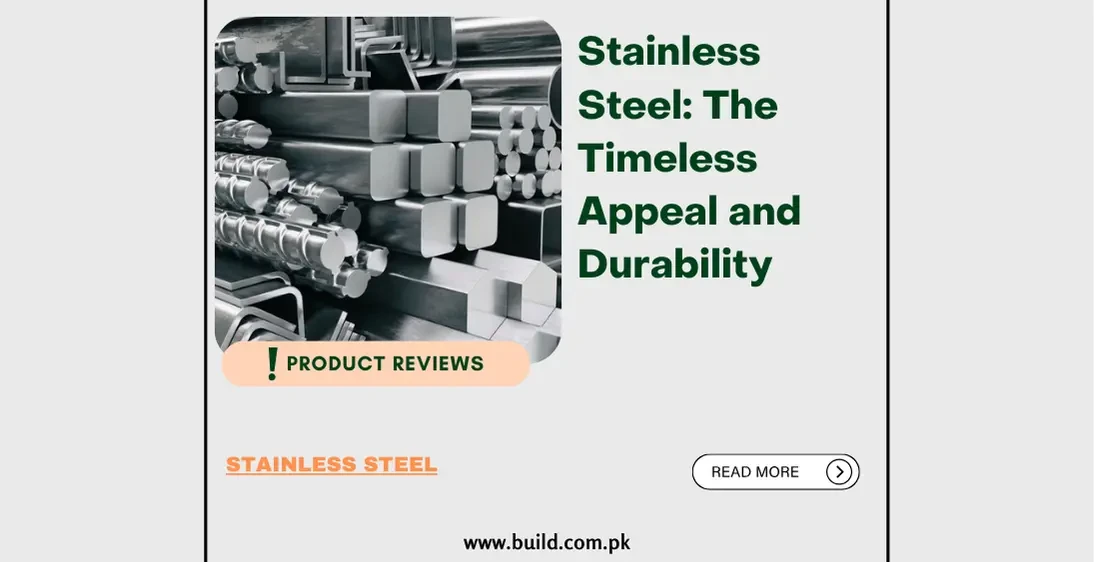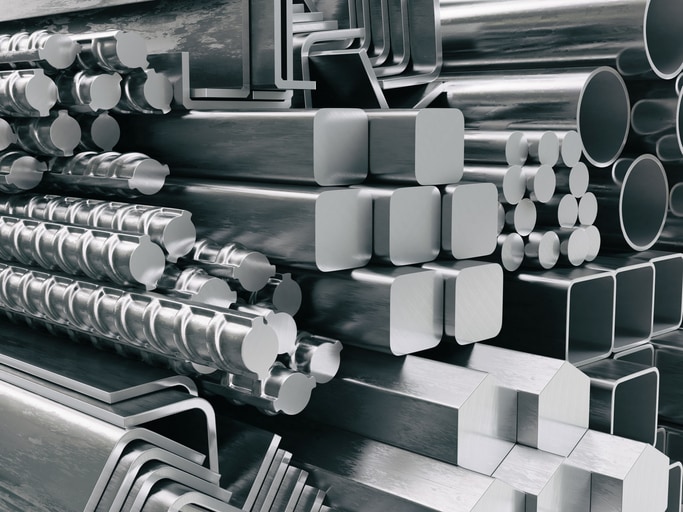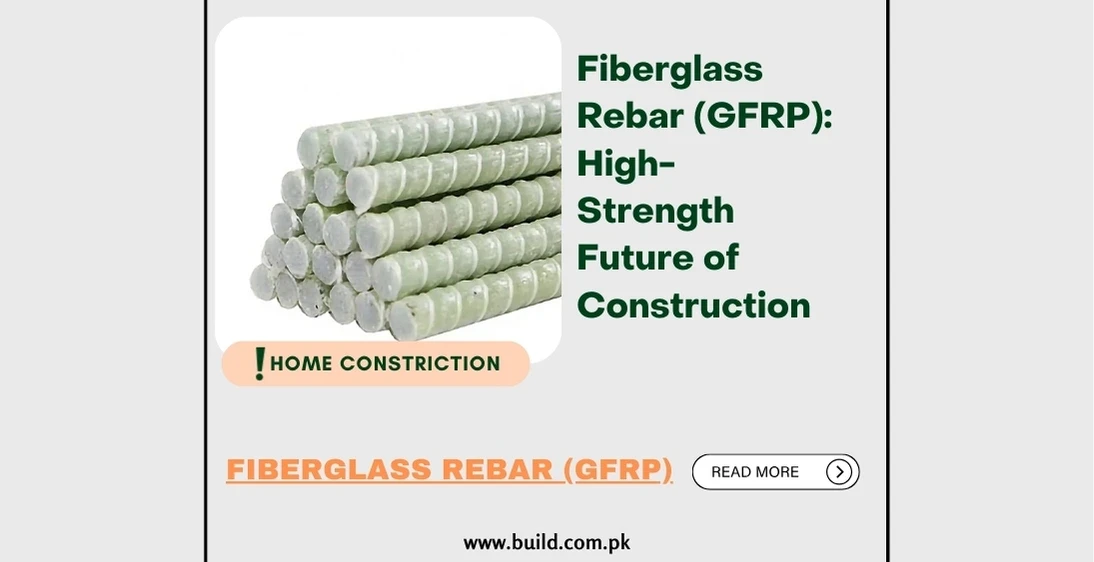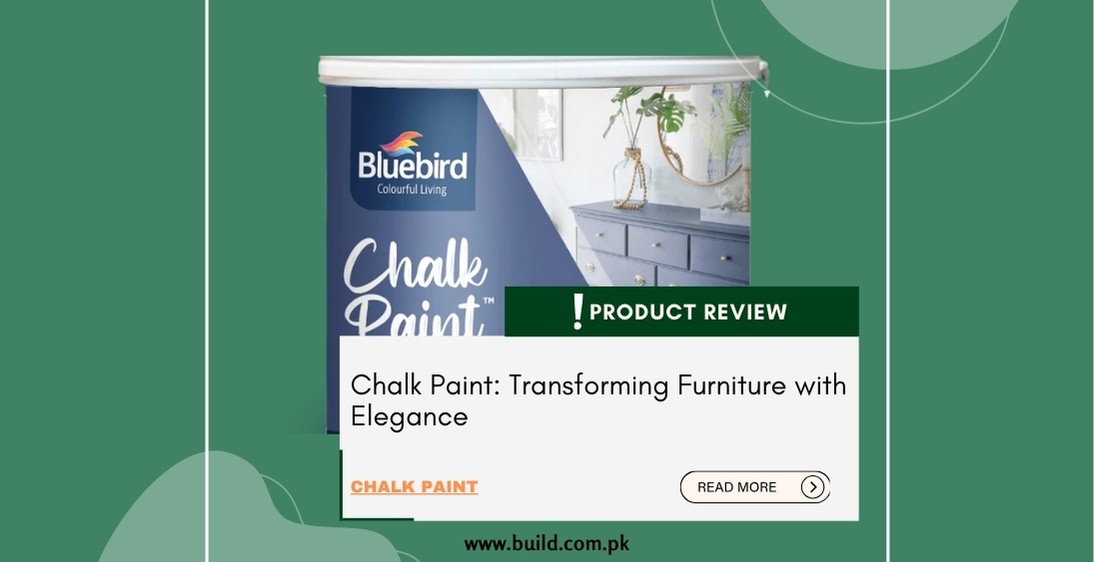Stainless Steel: The Timeless Appeal and Durability

Introduction:
Stainless
steel is a material that has revolutionized multiple industries, from construction
and automotive to kitchenware and medical devices. Its unique blend of
strength, durability, and aesthetic appeal makes it an indispensable resource
in modern society. This comprehensive guide explores the composition,
properties, applications, and benefits of stainless steel, providing valuable
insights into why this material is so highly regarded.
Composition and Types of Stainless Steel
Material Composition:
Stainless steel is an alloy primarily composed of iron, carbon,
and a minimum of 10.5% chromium. The chromium content forms a passive layer of
chromium oxide on the surface, providing exceptional resistance to rust and
corrosion. Other elements such as nickel, molybdenum, and titanium may be added
to enhance specific properties.
Grades of Stainless Steel:
There are several grades of stainless steel, each designed
for specific applications and environments. The most common grades include:
- 304 Stainless Steel: Also known as 18/8 stainless steel, it contains 18% chromium and 8% nickel. It is the most widely used stainless steel grade due to its excellent corrosion resistance and versatility.
- 316 Stainless Steel: Contains 16-18% chromium, 10-14% nickel, and 2-3% molybdenum. The addition of molybdenum enhances its corrosion resistance, making it ideal for marine and industrial environments.
- 430
Stainless Steel: A ferritic stainless steel with 16-18% chromium and low nickel
content. It offers good corrosion resistance and is commonly used in kitchen
appliances and automotive trim.
Duplex Stainless Steel:
Combines the properties of austenitic and ferritic stainless
steels, providing high strength and excellent resistance to stress corrosion
cracking. It is used in chemical processing and oil and gas industries.

Properties of Stainless Steel
Corrosion Resistance:
The primary advantage of stainless steel is its resistance to
corrosion. The chromium content reacts with oxygen to form a thin, invisible
layer of chromium oxide on the surface, protecting the material from rust and
corrosion. This makes stainless steel ideal for use in harsh environments and
applications where exposure to moisture and chemicals is common.
Strength and Durability:
Stainless steel is known for its high strength and durability.
It can withstand heavy loads, impacts, and extreme temperatures, making it
suitable for structural applications and demanding industrial environments. Its
durability also ensures a long lifespan, reducing the need for frequent
replacements and repairs.
Aesthetic Appeal:
The sleek, modern appearance of stainless steel enhances the visual
appeal of products and structures. Its reflective surface and clean lines
contribute to a contemporary look, making it a popular choice in architecture,
interior design, and consumer goods.
Hygiene and Cleanability:
Stainless steel is non-porous and easy to clean, making it an
ideal material for applications requiring high standards of hygiene, such as
medical devices, food processing equipment, and kitchenware. It does not harbor
bacteria or germs, ensuring a sanitary surface for food preparation and medical
procedures.
Recyclability:
Stainless steel is 100% recyclable, making it an environmentally friendly
choice. The recycling process does not degrade its quality, allowing it to be
reused in various applications. This contributes to sustainable practices and
reduces the environmental impact of manufacturing and construction.
Applications of Stainless Steel
Construction and Architecture:
Stainless steel is widely used in the construction industry
for its strength, durability, and aesthetic appeal. It is used in structural
components, roofing, cladding, and interior design elements such as railings,
countertops, and fixtures. Its corrosion resistance makes it ideal for use in
coastal and industrial environments.
Automotive Industry:
Stainless steel is used in the automotive industry for exhaust
systems, trim, and structural components. Its high strength-to-weight ratio and
resistance to corrosion ensure the longevity and performance of vehicles,
reducing maintenance costs and enhancing safety.
Kitchenware and Appliances:
Stainless steel is a popular material for kitchenware and
appliances due to its durability, hygiene, and sleek appearance. It is used in
cookware, cutlery, sinks, refrigerators, and dishwashers. Its resistance to
heat and stains ensures a long lifespan and easy maintenance.
Medical Devices and Equipment:
The non-reactive and hygienic properties of stainless
steel make it ideal for medical devices and equipment. It is used in surgical
instruments, implants, and diagnostic tools. Its biocompatibility ensures it
does not cause adverse reactions when used in contact with human tissues.
Chemical and Oil & Gas Industries:
Stainless steel's resistance to corrosion and
high temperatures makes it suitable for use in chemical processing and the oil
and gas industries. It is used in pipelines, tanks, valves, and heat
exchangers. Duplex stainless steels, in particular, offer high strength and
resistance to stress corrosion cracking, ensuring reliability in demanding
environments.
Food and Beverage Industry:
Stainless steel is extensively used in the food and
beverage industry for its hygiene and corrosion resistance. It is used in
processing equipment, storage tanks, and transportation containers. Its
non-reactive nature ensures the purity and safety of food and beverages,
preventing contamination and maintaining quality.
Benefits of Using Stainless Steel
Longevity:
Stainless steel's durability and resistance to corrosion ensure a long
lifespan, reducing the need for frequent replacements and repairs. This
translates to cost savings and reduced environmental impact over time.
Low Maintenance:
Stainless steel requires minimal maintenance compared to other materials. Regular cleaning with mild detergents and water is usually sufficient to maintain its appearance and functionality. Its resistance to stains and corrosion ensures it remains in good condition with minimal effort.
Versatility:
Stainless steel is a versatile material that can be used in various
applications across multiple industries. Its ability to be fabricated into
different shapes and sizes allows for customization according to specific
requirements and design preferences.
Aesthetic Appeal:
The sleek and modern appearance of stainless steel enhances the visual
appeal of products and structures. Its reflective surface and clean lines
contribute to a contemporary look, making it a popular choice in architecture,
interior design, and consumer goods.
Environmental Sustainability:
Stainless steel is an environmentally friendly material that is
100% recyclable. The recycling process does not degrade its quality, allowing
it to be reused in various applications. This contributes to sustainable
practices and reduces the environmental impact of manufacturing and
construction.
Conclusion:
Stainless
steel is a remarkable material that combines strength, durability, and
aesthetic appeal. Its unique properties make it an indispensable resource in
various industries, from construction and automotive to kitchenware and medical
devices. Understanding the composition, properties, applications, and benefits
of stainless steel allows for informed decision-making and the effective use of
this versatile material in diverse projects. Embrace the timeless appeal and
reliability of stainless steel to enhance the quality and performance of your
products and structures.









